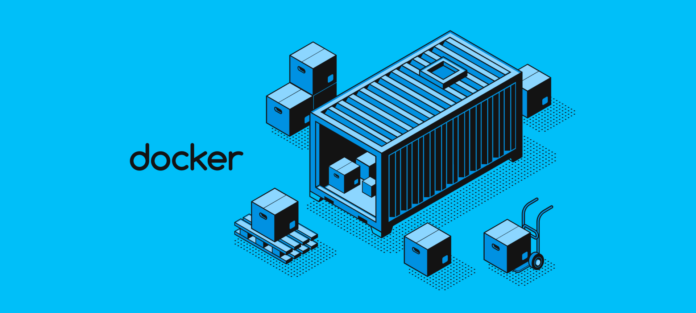Microservices are all the rage these days. But they can be difficult to get right, especially when it comes to orchestrating and managing them. That’s where Docker, with Docker hub and Docker registries, comes in.
Docker is a powerful tool that can help you in many ways when it comes to working with microservices.
Let’s take a look at some of the most important ways Docker can help you streamline your microservices architecture.
1. Docker Containers Are Isolated
One of the most difficult things about working with microservices is dealing with service dependencies. When you have a lot of services, it can be difficult to keep track of which ones depend on which. This can lead to problems when one service is updated and breaks another.
Docker containers are isolated from each other, which means that each service can run in its own container. As such, this isolation makes it easier to manage dependencies because you don’t have to worry about one service breaking another.
2. Docker Makes It Easy To Scale
Another difficult thing about microservices is scaling. Having a lot of services means that it is difficult to scale them all individually. However, with Docker, you can use something called “Docker Compose” to define how your services should be scaled.
For instance, let’s say you have a service that needs to be scaled up. With Docker Compose, you can simply add more replicas of that service and the rest of your services will continue to work as usual. This makes it much easier to scale your architecture.
3. Docker Hub Makes It Easy to Share Images
When you’re working with microservices, chances are you’ll need to share images between different developers or between different environments (such as development, staging, and production).
Docker Hub is a registry service that makes it easy to share images. It’s similar to GitHub, but for Docker images. It lets you push and pull images, so sharing is easy.
4. Docker Allows You To Use Any Language
Another great thing about Docker is that it doesn’t matter what language your services are written in. This is because Docker containers can run any kind of application.
What this means is that you can use the language that is best suited for each service, which can make your architecture more efficient. For example, you could use Go for a service that needs to be very fast, or you could use Python for a service that is more data-heavy.
5. You Can Use Docker for Local Development
If you’re working on a microservices architecture, it can be difficult to set up your development environment because you need all of the services to be running. This can be time-consuming and difficult to get right.
However, Docker allows you to simply pull the images for all of the services you need and run them locally. Such ease of use makes it much easier to set up your development environment and get started with coding.
6. Docker Makes It Easy To Test
Working with microservices means that it is extremely important to have a good testing strategy. Since each service is a potential point of failure, you need to make sure you always have a good testing strategy in place.
Docker can help you with testing in two ways. First, as we mentioned above, it’s easy to set up a local development environment with Docker, which means that you can test your services more easily.
Second, you can use Docker Compose to define how your services should be deployed. Here, you can easily create test environments that are identical to your production environment. Creating such test environments makes it much easier to catch errors before they get into production.
7. You Can Use Docker To Orchestrate Your Services
Orchestration is the process of managing and coordinating multiple services. As you’re working with microservices, orchestration becomes increasingly important because you need to make sure all of your services are running correctly and that they can communicate with each other.
Docker provides a tool called “Docker Swarm” that makes it easy to orchestrate your services. With Docker Swarm, you can create a cluster of hosts that will run your services. Each service will be run on a different host, and Docker Swarm will make sure that they can all communicate with each other.
Docker Swarm is a great tool to use for microservices as it makes it easy to manage and coordinate multiple services.
Conclusion
Docker is a great tool to use for microservices. It allows you to easily share images between different environments, and it makes it easy to set up your development environment.
Additionally, Docker Compose makes it easy to define how your services should be deployed, and Docker Swarm is a great tool for orchestrating your services.
Technology can scale up your business, and combining docker with microservices is one way to start!


















